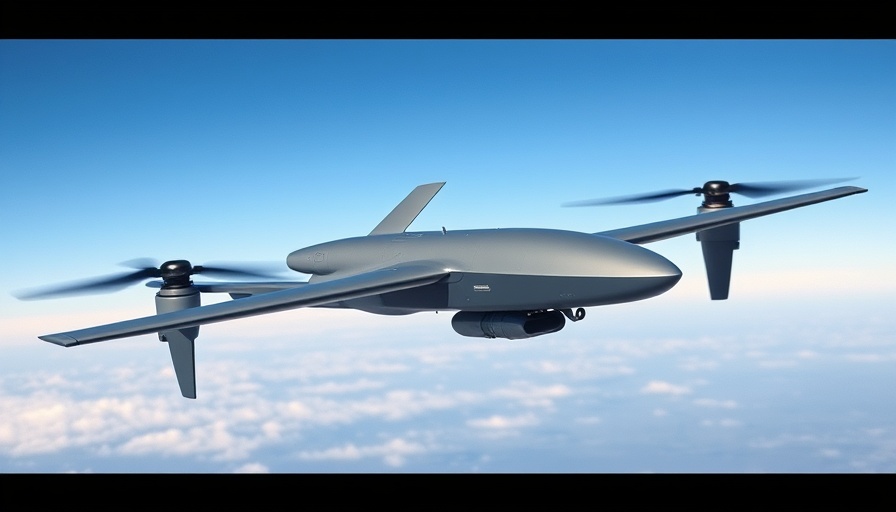
Air New Zealand’s Bold Step Forward: A New Business Class Experience
Air New Zealand has made headlines recently with the unveiling of its new business class offering and thoughtfully designed uniforms. This development marks not just a physical transformation but a deepening connection with New Zealand's rich cultural roots. As airlines around the globe strive to enhance customer experiences, Air New Zealand’s latest venture reflects a blend of comfort, sustainability, and cultural heritage—a trend increasingly resonant in the travel industry.
A Celebration of Cultural Heritage in Design
The new uniforms, designed by native New Zealander Emilia Wickstead, signify a return to roots for Air New Zealand. Wickstead, who has a personal connection to the airline through family heritage, infused the designs with elements inspired by Māori culture. By collaborating with tā moko artist Te Rangitu Netana, Wickstead has ensured that the uniforms resonate with the elegance and legacy of the New Zealand identity, while simultaneously encapsulating the airline's image. Such an approach not only enhances the aesthetic value of the uniforms but also establishes a narrative that connects with passengers on a deeper level, emphasizing culture and heritage—a powerful marketing tool in the competitive airline industry.
Revolutionizing the Business Class Experience
Air New Zealand’s new business class seats are designed to prioritize passenger comfort and privacy—vital factors in today’s travel climate, where health and safety concerns remain paramount. The spacious seats are a response to traveler demands for greater comfort, especially on long-haul flights. With a distinctive focus on passenger experience, the airline aims to attract business travelers who prioritize both productivity and relaxation throughout their journey. This strategic focus reflects broader industry trends that emphasize customer-centric innovation, a move reminiscent of shifts seen in the luxury hotel sector, emphasizing comfort and tailored experiences.
Sustainability: A Nexus of Style and Responsibility
Wickstead's commitment to sustainability through the use of recycled fabrics is noteworthy. As consumers become increasingly aware of the environmental impacts, brands are forced to adapt. Air New Zealand's decision to incorporate sustainable materials in their uniforms aligns with a growing demand for responsible business practices. This eco-conscious approach enhances its brand reputation, particularly among environmentally aware travelers and businesses, integrating sustainability into the core of their strategy.
The Economic Implications of Innovative Branding
Investing in high-quality design and strong branding can lead to increased passenger loyalty and market competitiveness. As the travel industry rebounds from recent challenges, Air New Zealand’s investment in both comfort and cultural storytelling positions it advantageously within the market. This bold strategy not only addresses customer demands but also boosts the company's image in a crowded marketplace.
Conclusion: A Forward-Thinking Vision
Air New Zealand's innovative approach to business class and uniforms extends beyond just aesthetic changes; it represents a holistic vision that intertwines cultural pride, passenger comfort, and sustainability. As the airline industry continues to evolve, companies that merge values with strategic innovations will likely emerge as leaders. For business owners and industries aiming to adapt practices that engage customers meaningfully, Air New Zealand’s recent transformations serve as a profound reminder of the competitive edge derived from authentic storytelling and responsible branding.
 Add Row
Add Row  Add
Add 




Write A Comment